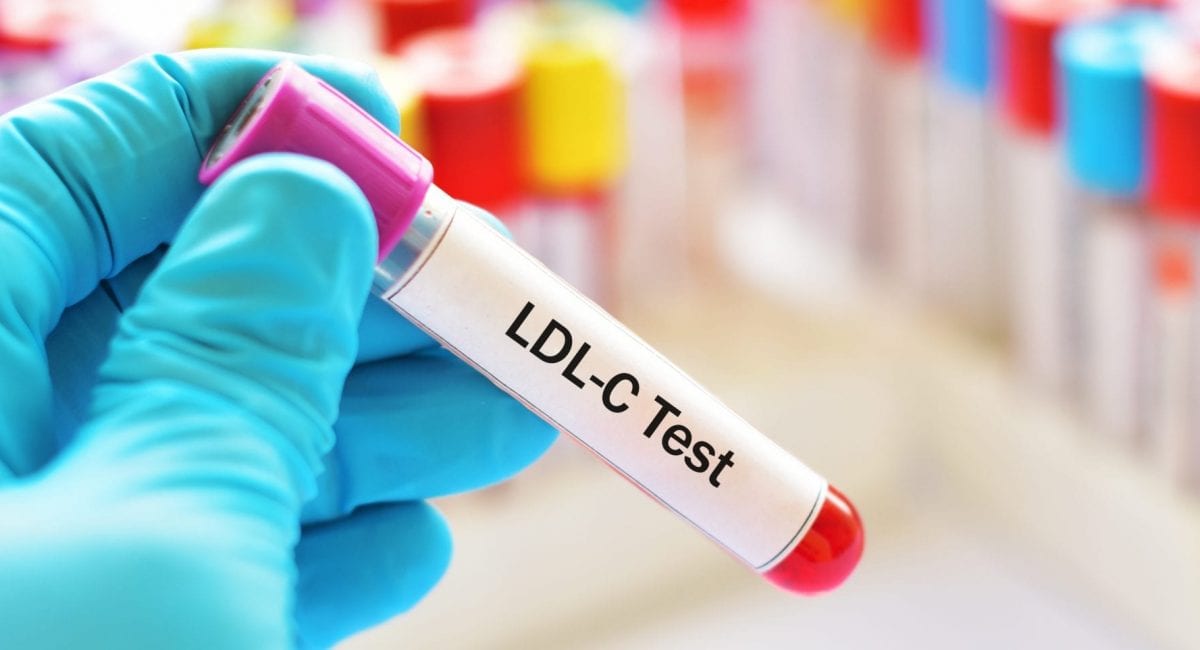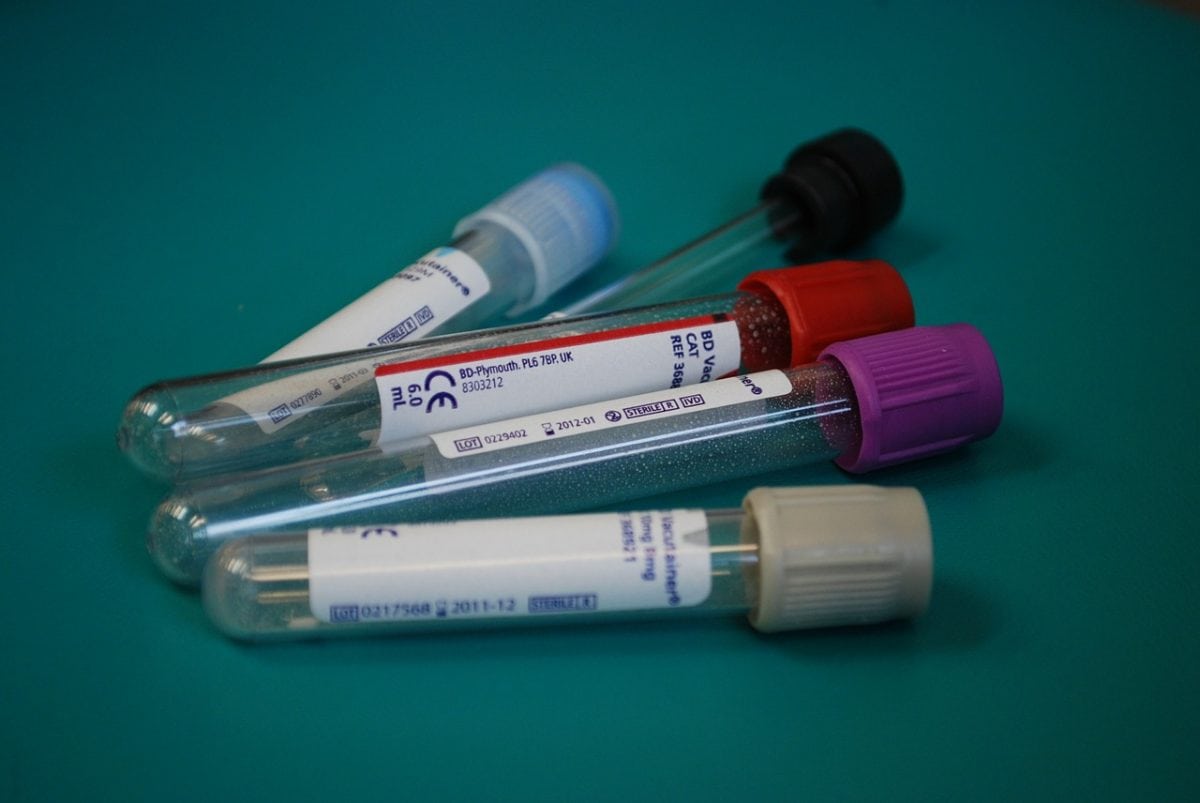Don’t look now, but the updated clinical practice cholesterol guidelines from the American College of Cardiology, the American Heart Association and others are getting personal. Although the guidelines still contain their familiar approach — that I consider too aggressive with drug therapy — the latest 2018 version of the guidelines now includes an impressive update to emphasize lifestyle intervention, plus a more individualized approach for risk assessment.
MedPage Today: AHA: Revised Lipid Guide Boosts PCSK9s, Coronary Calcium Scans
Could this be the start of a progressive trend away from shotgun statin prescriptions? I sure hope so.
Prior guidelines emphasized the 10-year ASCVD risk calculator as the main determining factor for statin therapy. In the 2018 update, the guidelines acknowledge that the calculator frequently overestimates the risk in those individuals who are more involved with prevention and screening. (In other words, those patients more interested in and proactive about their health; I find many in the low-carb world fall into this category.)
The ensuing discussion with a healthcare provider should then focus on:
[T]he burden and severity of CVD risk factors, control of those other risk factors, the presence of risk-enhancing conditions, adherence to healthy lifestyle recommendations, the potential for ASCVD risk-reduction benefits from statins and antihypertensive drug therapy, and the potential for adverse effects and drug–drug interactions, as well as patient preferences regarding the use of medications for primary prevention… and the countervailing issues of the desire to avoid “medicalization” of preventable conditions and the burden or disutility of taking daily (or more frequent) medications.
I appreciate the attention the new guidelines bring to the depth of the discussion that should ensue between doctor and patient. Considering the treatment burden is equally as important as the burden of disease, and possibly even more important in patients who have not been diagnosed with heart disease, these individualized discussions about trade-offs are critical to personalized care.
Also worthy of mention is the increased use of coronary artery calcium scores (CAC) to help individualize risk stratification. The updated guidelines specify CAC may be useful for those age 40-75 with an intermediate 10-year calculated risk of 7.5%-20%, who after discussion with their physician are unsure about statin therapy. They specify that a CAC of zero would suggest a much lower risk than that calculated by the ASCVD risk formula, and thus take statins off the table as a beneficial treatment option.
This is huge. I cheered when I read this! I have been critical of prior guidelines that focused on ways to find more people to place on statins. The mention of finding individuals unlikely to benefit from statins is a giant step in the right direction.
The guidelines go even further: they mention that a CAC either over 100 or greater than the 75th percentile for age increases the CVD risk and the likely benefit of a statin. A CAC between 1-99 and less than the 75th percentile does not affect the risk calculation much and it may be worth following the CAC in five years in the absence of drug therapy. I would still argue that a CAC >100 does not automatically equal a statin prescription and we need to interpret it in context, but I greatly appreciate this attempt at a more personalized approach.
The guidelines also go beyond the limited risk factors included in the ASCVD calculator by introducing “risk modifying factors” such as:
- Premature family history of CVD
- Metabolic syndrome
- Chronic kidney disease
- Chronic inflammatory conditions such as rheumatoid arthritis and psoriasis
- Elevated CRP > 2.0 mg/L
- Elevated Lp(a) > 50 mg/dL or 125 nmol/L
- Elevated triglycerides > 175 mg/dL
Although they use these criteria to define an increased risk, the opposite would likely hold true. An absence of those criteria could define a lower risk situation.
Some changes deserve mention from a controversy standpoint as well. For instance, the new guidelines recommend checking lipid levels as early as two years old in some circumstances. Two!
They also recommend statin therapy for just about everyone with diabetes with no mention of attempting to reverse diabetes before starting a statin, a drug that has been shown to worsen diabetes and insulin resistance. In addition, the new guidelines do not mention the likely discordance between LDL-C and LDL-P in those with diabetes.
Last, the new guidelines define an LDL-C > 190 mg/dL as an absolute indication for statin therapy with a treatment goal of 190 mg/dL is in familial hypercholesterolemia populations (and even then has heterogenous outcomes). There is a clear lack of data supporting that same recommendation for metabolically healthy individuals with no other cardiac risk factors and no other characteristics of familial hypercholesterolemia. This is a clear example of when a guideline turns from “evidence based” to “opinion based.”
In summary, the guideline committee deserves recognition for its emphasis on an individualized care approach, its use of CAC, and its broader description of discussing potential drawbacks of drug treatment. It still combines opinion with evidence and believes all elevated LDL is concerning, but I for one hope it will continue its progression away from generalizations and someday soon see that individual risk variations exist, even at elevated LDL-C levels.
Thanks for reading,
Bret Scher MD FACC
Originally Posted on the Diet Doctor Blog






